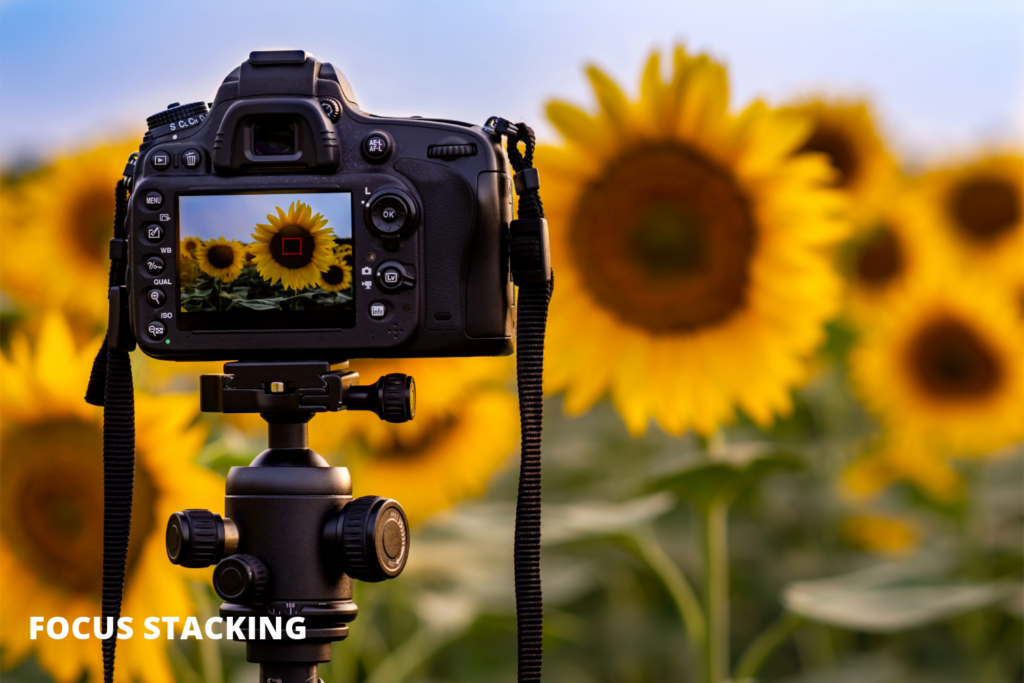
Today’s Question
I’ve heard a lot about Focus-Stacking, however, I’m unsure what it is and how to use this functionality.
Mark’s Answer
Focus stacking is a technique used in photography to achieve greater depth of field by combining multiple images taken at different focus distances. This process is especially useful in landscape; or macro photography, where the depth of field is often very shallow. By merging these images in post-processing, photographers can create a single image that is sharp and in focus across a larger area than would be possible with a single shot.
Newsletter
More…..
Focus stacking is a method employed to enhance the depth of field in a photograph, particularly beneficial in situations where a single exposure cannot achieve the desired sharpness across the entire subject. This is commonly used in macro photography, landscape photography, and sometimes in product photography.
How It Works:
Image Capture:
- Multiple images are taken of the same subject, each with a different focus point. For instance, in a macro shot of a flower, one image might be focused on the nearest petal, another on the center, and another on the farthest petal.
- It is crucial to keep the camera stationary during this process, often using a tripod, to ensure consistency between shots.
Software Processing:
- The images are imported into software that supports focus stacking, such as Adobe Photoshop, Helicon Focus, or Zerene Stacker.
- The software aligns the images and blends them by taking the sharpest parts from each photo. This results in a final image with an extended depth of field that is sharper throughout the entire subject.
Applications:
- Macro Photography: Due to the very shallow depth of field when shooting close-up subjects, focus stacking allows photographers to keep the entire subject in focus.
- Landscape Photography: To ensure both foreground and background elements are sharp, multiple exposures focused at different distances can be combined.
- Product Photography: Ensuring that all aspects of a product are in sharp focus for a detailed and appealing presentation.
Benefits:
- Increased Detail: Achieves a level of detail and sharpness across the image that would be impossible with a single exposure.
- Creative Control: Allows photographers to control precisely which areas of the image are in focus.
Challenges:
- Time-Consuming: Capturing and processing multiple images takes more time compared to single-shot photography.
- Subject Movement: Any movement between shots can result in misalignment and artefacts in the final image.
- Software Artifacts: Sometimes the blending process can introduce artefacts, especially in complex scenes with a lot of overlapping elements.
In conclusion, focus stacking is a powerful technique that expands the creative possibilities in photography by overcoming the limitations of depth of field, ensuring that images are crisp and detailed from foreground to background.
thank you

